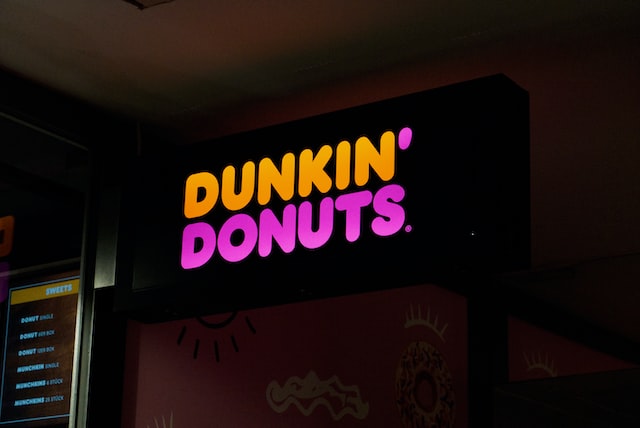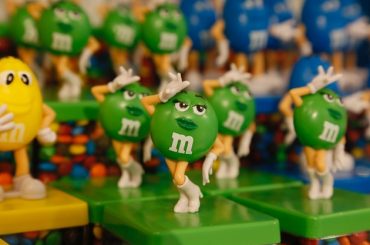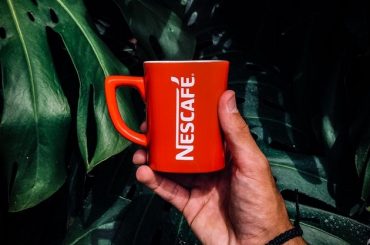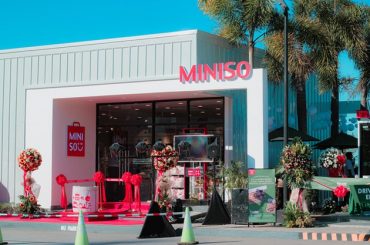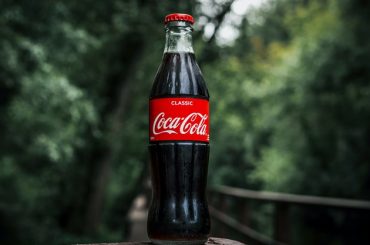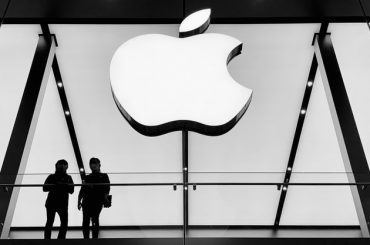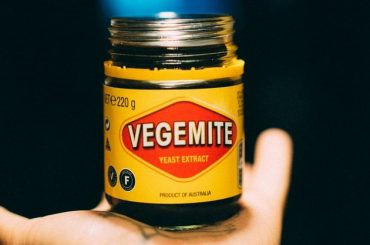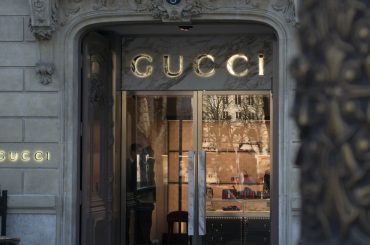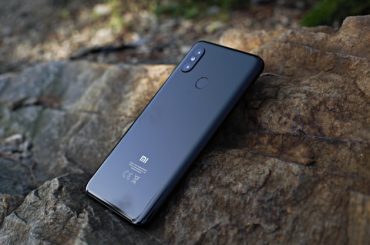As far as I remember, I first heard about donuts (yes, you can spell doughnuts as donuts while writing about Dunkin’) around half a decade ago. I have a sweet tooth, and I was trying to find Baskin-Robins in the city, but to my surprise, I noticed an orange and pink-colored outlet next to the ice cream store.
I saw folks carrying a round-shaped bun on top of their coffee cups, and honestly, it seemed impressive. The outlet was, of course, the Dunkin Donuts of the previous decade. From rebranding and remodeling the stores to a competitive pricing strategy to an engaging promotion strategy and exciting product mix, the marketing strategy of Dunkin Donuts has evolved.
So grab your cup of joe, and indulge in learning about the Marketing Mix and strategy of Dunkin Donuts!
Dunkin’s Product Strategy and Donut Drop (1st P)
To understand the product offerings, let us first take a detour in the history – to the founding years of Dunkin’.
Wait, did you just read Dunkin’ and not Dunkin’ Donuts? You must have known by now that in 2019, Dunkin’ officially dropped Donuts from its brand name. The “Donut” drop should hint at how Dunkin’ has evolved and adapted to the changing consumer preferences over the last 70+ years.
Donuts were the primary focus product of Dunkin’ throughout the nineties. Customers were going gaga over donuts, and that is when in the 1970s, the company introduced – Munchkins. Munchkins were nothing but the excess dough cut from the centers of the donuts and became the fan favorite instantly! Isn’t this a great example of old wine in a new bottle?
Consumers kept dunking their donuts in their coffee till the early 1990s (I meant donuts were a great success till the 1990s), but the mid-1990s and 2000s witnessed a changing trend – a growing health-conscious America.
The sweet, fulfilling, cream-whipped donuts were no longer the breakfast choice of the customers. This was also a time when caffeine consumption began to increase. Dunkin’s arch-rival Starbucks was expanding and introducing a variety of drinks. The number of coffee houses in the US doubled between 1996 and 2001.
Dunkin had to come up with newer alternatives to serve. Thus In 2006, with its slogan – America runs on Dunkin’, it shifted focus to beverages. By 2011, Dunkin’ was selling more coffee than Starbucks in the US. In 2018, Dunkin’ reported coffee accounts for 60% of its sales. Thus as part of its marketing strategy, Dunkin Donuts rebranded itself to Dunkin’. The rebranding helped the company to stage itself as a beverage-led, go-to brand.
Dunkin’ sold 1.6 billion cups of coffee in 2019; in 2021, the cup of joe(s) went up to 4.4 billion. According to Dunkin’, in the last four years, it has added around 50 new items to its menu ranging from cold beverages such as Freshers to plant-based food options.
Sticking to the asset-light strategy, the pure-play franchised business model has helped Dunkin’ connect with local consumers.
How does McDonald’s make money from the franchise business model?
Restaurants across the globe are run by local franchise owners, giving them the flexibility to add local flavor to the menu.
- For instance, in the outlets of the Republic of Georgia, Turkish coffee is served, and Caramel Macchiato with Coffee Cubes is available in South Korea.
- Mango donuts are accessible in Thailand, whereas fish flake donuts are sold in China.
- You can also get Fruity Paradise, a traditional glazed doughnut with pineapple, kiwi, cherries, whipped cream, and toasted almonds to make it delicious.
- Kai Young is another unique invention, a glazed doughnut with Thai chili paste and shredded and dried chicken. In India, Surprising Melody donuts are sold with saffron-flavored icing and a garnish of pistachios.
- Also, it is said that India is the only Dunkin’ location to have burgers (and I have read a few good reviews about them). Realizing customers’ changing preferences, Dunkin’ has added many vegetarian and vegan snacking options.
The product offerings do not end here. You can get DIY Cold Brew Coffee packs, bottled iced coffee, K-cups, and Dunkin’ beans at grocery shops and online stores.
Also, don’t be surprised to know that Dunkin has 25,000 ways to serve coffee lovers.
To stay up-to-date with its competitor, Dunkin’ is not just adding products to its menu but checking off the products too. In 2017, Dunkin’ slashed 10% of its menu offerings to provide customers with a quick and streamlined ordering experience. Times are changing, as does the pricing strategy at Dunkin Donuts.
Time to delve into the second P of Dunkin’s marketing mix – Pricing Strategy in the era of Dunkinflation
Dunkin’ wants customers to see it as cheaper than Starbucks and just as good, as was quoted by WSJ in 2018. As Dunkin’ introduced more beverage options, it ensured that the price always stayed affordable to its customers. In a way, a regular customer of Dunkin’ would associate it with fast, convenient, and inexpensive.
For years Dunkin’ has been able to live up to its middlebrow reputation. How is it able to do so, you ask? The “asset-light, pure franchise model” offers strategic and financial benefits to Dunkin’. Because the company doesn’t typically own or operate restaurants, it can focus on menu innovation, marketing, franchisee coaching, and support.
You must be thinking, is Dunkin’ cheaper than Starbucks?
The answer is a big yes(for now)! The franchise-led business model is polar with the owner-operator model of Starbucks, which directly impacts the revenue streams, cost structure, and capital spending. Also, Starbucks has a higher cost of goods sold or COGS, which is passed on to the consumer through higher prices.
Starbucks business model & supply chain analysis
However, the slowdown of economic activity across the globe has caused shrinkflation and dunkinflation at Dunkin’. How? You see, the price of Arabica coffee beans used by Dunkin’ has doubled per pound. One of the reasons for this is severe droughts in Brazil that reduced the harvest in 2020-2021 by 30 percent YoY.
Along with that, the price surge of essential ingredients such as milk, sugar, and plastic items, not to forget the ongoing short supply of labor, has caused a wage rise. All these factors have aggravated the pricing strategy at Dunkin’. Partially blaming the inflation, Dunkin’, similar to its rivals, has also overhauled its loyalty and rewards program.
The money required to earn a free coffee has increased from $40 to $50. While a free beverage reward used to mean any size drink is now a thing of the past. Dunkin’ now requires you to redeem more points if you want a latte, cold brew, or frappuccino. Not just that, customers now receive triple points instead of free birthday drinks (that seems cruel!)
We talked a lot about Dunkin’s product evolution and pricing strategy. The next P we have in our platter is to understand the 3rd P of Dunkin’s marketing mix – Place Strategy for making Dunkin’ accessible.
Dunkin’ has around 13,000 stores in more than 40 countries. It opened its first overseas restaurant in Japan in 1970. The highest number of stores is in the USA – 9520, with the state of New York having the highest number of Dunkin’ stores – 1443, which is about 15% of all Dunkin’ stores in the US. From 2009 to 2019, a decade when Dunkin’ introduced many new beverage options, it expanded from 6000 to approximately 9000 locations.
In 2018, under the $100 million brand refresh plan, Dunkin’ began opening new concept locations with modern decor, cold beverages on tap and a single-cup brewing machine, more packaged take-out options, and dedicated pick-up lines for mobile ordering inside and in the drive-thru. The concept was described as a step toward becoming an – on-the-go, beverage-led brand.
Changing times demand changing strategies. From America runs on Dunkin’ to America runs on Digital Dunkin’, a lot has happened since the onset of the Covid-19 pandemic. Last year, Dunkin’ opened its first “digital” location in Boston. At digital-only stores Dunkin’, there are no cashiers, seats, or tables. One has to place the order via in-store kiosks or mobile apps. You can witness the onset of the digital defy or digital shops across the QSR industry.
What is fueling the no-dining trend?
The seemingly apparent reason is savings on both real estate and labor. However, it is predominantly a reaction to consumer preferences. Pushed by pandemic restrictions and drawn by the increasing ease of mobile transactions, customers have flocked into drive-thrus, delivery, and mobile ordering,
Dissecting the last P of the Marketing Mix, the Promotion Strategy of Dunkin Donuts
Dunkin’ resonates with a no-frills, snob-free coffee store. It is in its authentic self and has a quirky personality. Yes, I am still using all the adjectives for Dunkin’. Throughout its 70 years in the making, Dunkin’ has set precedence for quite a few trends that have increased its cult following multi-folds.
Let us see how?
“It’s not just time to make the donuts – it’s time to go social” – John Costello, former President of Global Marketing and Innovation at Dunkin’.
First movers advantage in Influencer Marketing: Dunkin Donuts is undoubtedly one of the first brands to realize the potential of TikTok and a solid influencer marketing strategy. Dunkin’ has more than 3 million followers on the platform and had roped in the queen of TikTok herself, Charli D’Amelio.
On knowing that Charli had been posting about Dunkin’ s iced coffee, the company spent no time collaborating with the TikTok star. Dunkin’ released two drinks in collaboration – The Charli (which became the official GenZ latte) and The Charli Cold Foam.
Dunkin’ didn’t stop here. It launched a virtual contest – #CharliXDunkinContest, where it encouraged the users to post a photo on Instagram recreating an iconic Charli x Dunkin’ moment using #CharliXDunkinContest. It lured the participants by giving the lucky winners a once-in-a-lifetime opportunity to hang out with Charli for a virtual Cold Brew date and get tips and tricks on creating viral videos.
The drinks were instant hits! Dunkin’ saw a 45% sales boost for all cold brew coffees and a 57% spike in daily active app users on the day the drink launched. Dunkin’ later collaborated with more GenZ influencers such as Zachariah Porter and Snoop Dogg, including the more undiscovered cult sensations such as Sean Evans and Matty Benedetto.
2. Time to go big on Social: Did you know that on National Donut Day, Dunkin’ collaborated with Amazon to develop the Dunkin’ Donuts skill for Alexa, where Dunkin’ lovers can ask any questions regarding the company, coffee, or donuts? Increasing your coffee and donuts IQ with a single voice command seemed easy and fun.
Similarly, how many medium-sized cups of Dunkin’ coffee would fill an Olympic-sized swimming pool? The answer is – a whopping 6 million medium-sized cups of Dunkin’ coffee.
In 2019, on World Emoji Day, Dunkin’ released its official emojis and GIFs to amplify brand interaction.
3. Unexpected merch: Would you spend $34 for a candle that smells akin to a $2 cup of Dunkin’ coffee, or what are your thoughts on Dunkin’-branded silk bridal robes? Sounds a little weird. I feel you! Why would a food and beverage chain sell candles, silk robes, bedding, scrunchies, or even a tandem bike or paint?
Well, this is Dunkin’ for you! Merch of Dunkin’ is unique and so colorful that it is unjust not to own one (FOMO creeps in). However, no matter how weird this sounds, creating unexpected, eccentric merch has been pivotal for Dunkin’ to broaden its GenZ and Millenial customer base.
4. Iconic Campaigns: When discussing Dunkin’, it is impossible to miss “Fred the Baker.” One of the early campaigns of Dunkin’ starred a sleepy-eyed, disheveled and mustachioed baker saying the catchphrase- “It’s time to make the Donuts,” and reminded us relentlessly for 15 years that Dunkin’ had 52 varieties of donuts.
The commercial is still considered one of the best ads to date and has also won honors from the Television Bureau of Advertising as one of the five best television advertisements of the 1980s.
The title of William Rosenberg’s autobiography also has the same catchphrase – Time to Make the Donuts: The Founder of Dunkin’ Donuts Shares an American Journey.
Sensory Marketing in Soeul: Once upon a time in Seoul, the coffee hub of South Korea, Dunkin ran a sensory marketing campaign. The brand tried to form associations with all three human senses – sound, smell, and sight.
What did it do, you ask?
The agenda was quite simple for Dunkin – lure the working folks who take public transportation during their commute.
Step 1 – Grab the attention by playing a jingle on a radio
Step 2 – Spray coffee scented scents on the buses every time the bus passes by a Dunkin store
Step 3: Show the direction to the nearest Dunkin’ stores at the bus stops.

